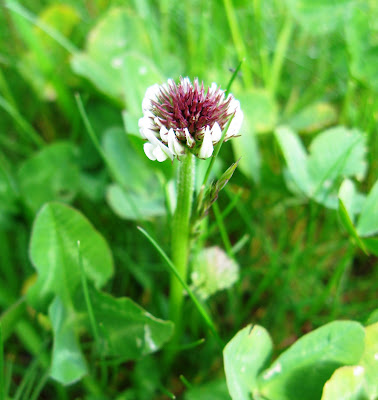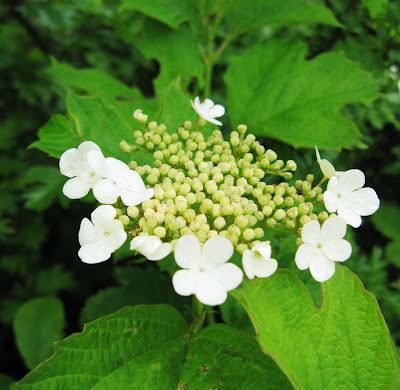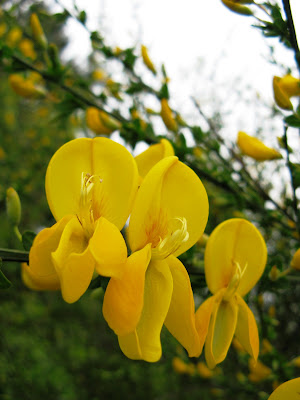
+central+NBGW.JPG)








 Lots of bushes into flower. In Bynea, Elder (Sambuca nigra), Mountain ash (Sorbus aucuparia) and Broom (Cytisus scoparius) had all emerged. In Penclacwydd, the Wayfaring tree (Viburnum lantana) was out. Many small Common froghopper (Philaenus spumarius) nymphs foamed and a Garden spider (Araneus diadematus) lurked in this location. In Westcross, White clover (Trifolium repens) and Broad-leaved dock (Rumex obtusifolius) were in bloom. In Blackpill, the Bramble (Rubus fruticosus) was in flower and the Green-veined white (Pieris napi) in flight. Later, in Loughor, visited by a Treble bar moth (Aplocera plagiata plagiata).
Lots of bushes into flower. In Bynea, Elder (Sambuca nigra), Mountain ash (Sorbus aucuparia) and Broom (Cytisus scoparius) had all emerged. In Penclacwydd, the Wayfaring tree (Viburnum lantana) was out. Many small Common froghopper (Philaenus spumarius) nymphs foamed and a Garden spider (Araneus diadematus) lurked in this location. In Westcross, White clover (Trifolium repens) and Broad-leaved dock (Rumex obtusifolius) were in bloom. In Blackpill, the Bramble (Rubus fruticosus) was in flower and the Green-veined white (Pieris napi) in flight. Later, in Loughor, visited by a Treble bar moth (Aplocera plagiata plagiata).
%20mating%20NWCW.jpg)


2 comments:
Great new summery blogskin!
Thanks- it is one of the spots I always like to show visitors.
Post a Comment